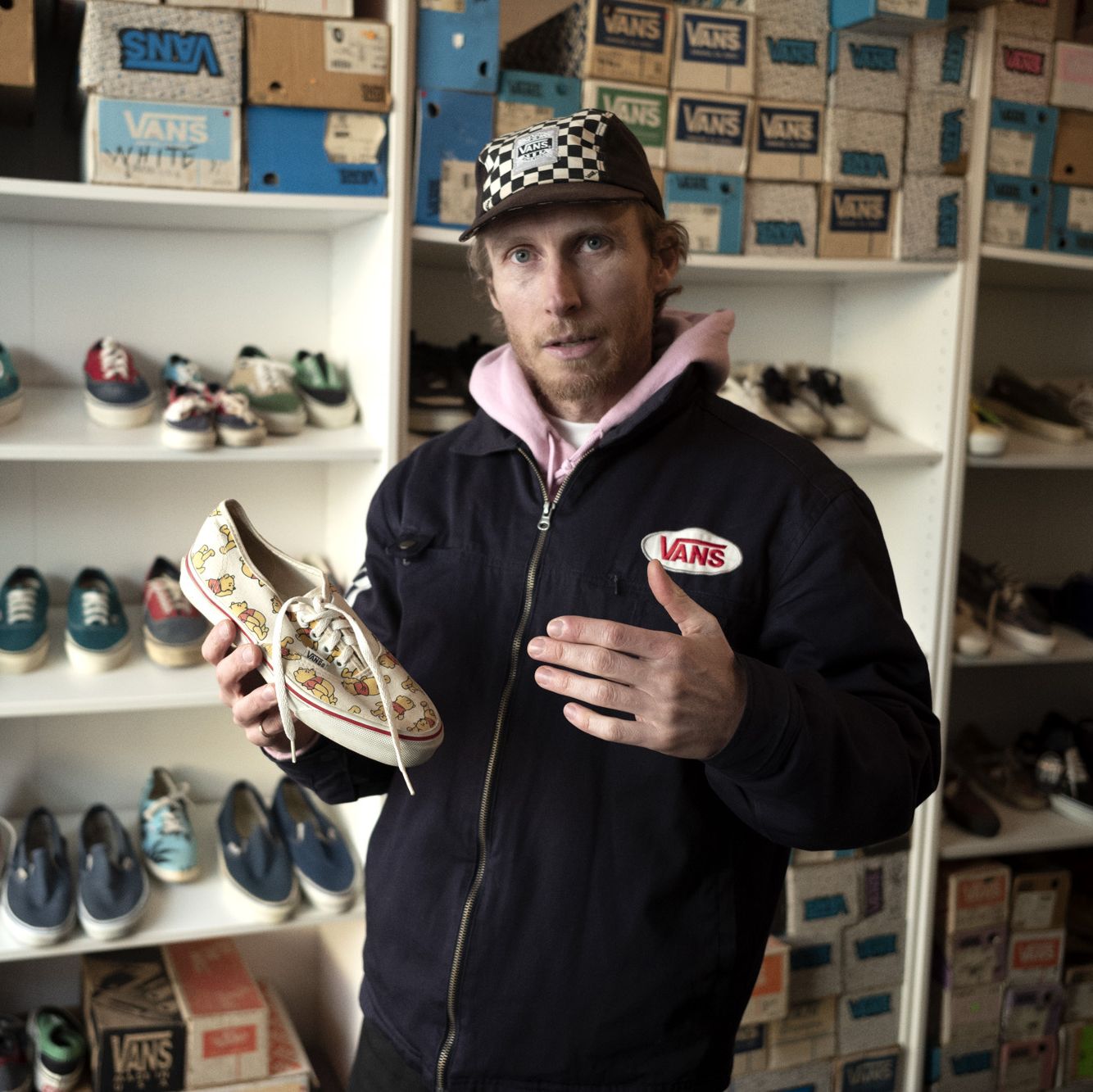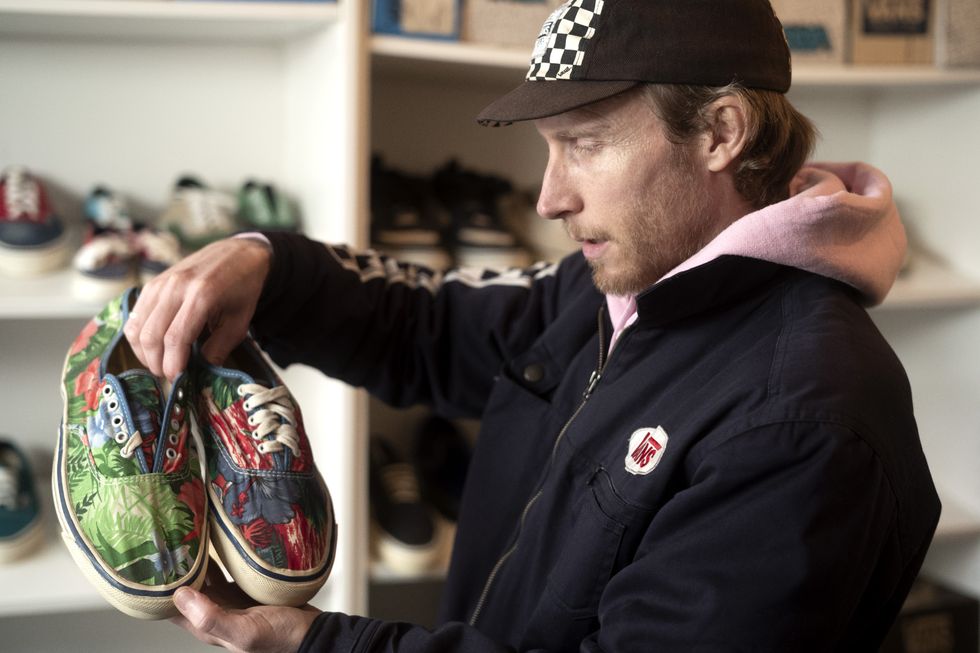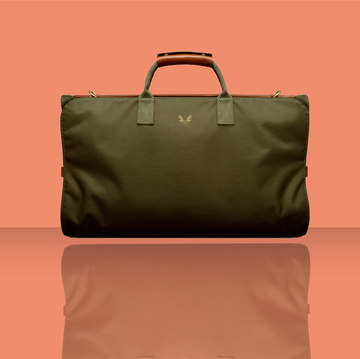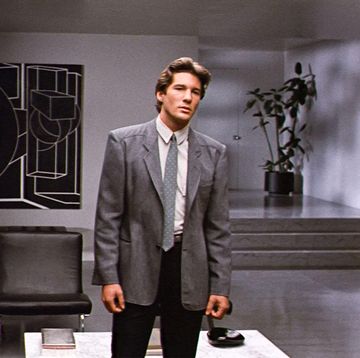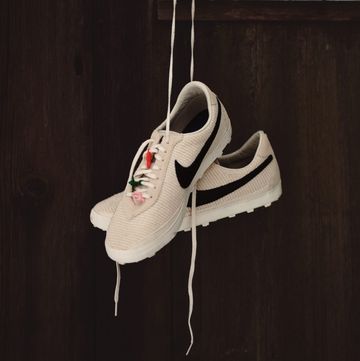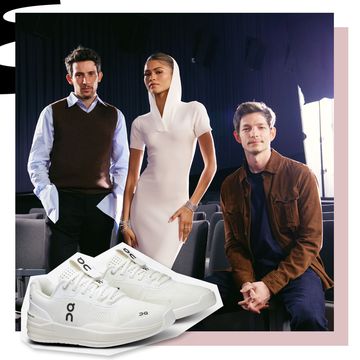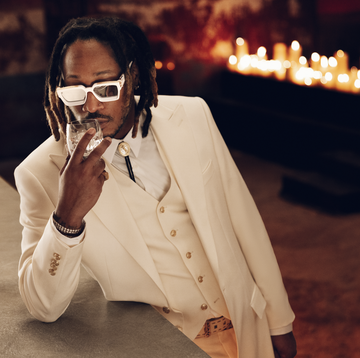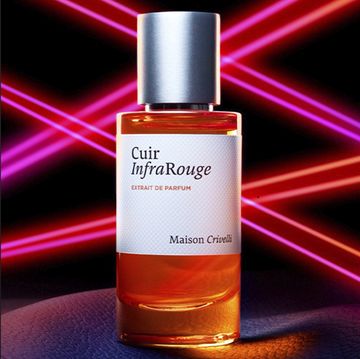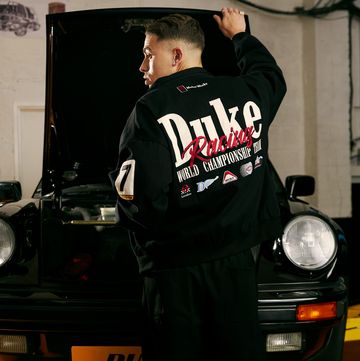Waffleheads: a group of ardent Vans followers, so named after the signature sole that treads every pair of the brand's sneakers. The fandom continues to grow, but few can rival Henry Davies when it comes to the deep, deep love he holds for Vans. They're soulmates, if you will.
As the founder of Pillow Heat - a trainer hunting site that sources rarities from deadstocks and inventories the world over - Davies set himself a challenge: to own every single pair of American-made vintage Vans. No mean feat, especially as the sneaker trade becomes an ever-swelling stock exchange of die-hard collectors and commercially-savvy 16-year-olds.
But, unlike the histrionics of YouTube personalities and those that somehow end up in rappers' motorcades, Davies seems to collect out of a pure passion, because he loves the brand as opposed to the theatre that now surrounds streetwear at large. And, as it neared 10pm at a Vans-hosted party in Paris, we sat down to discuss what drove him.
Why Vans? What makes the brand so special to you?
Initially, it was the integrity of the old vintage products that really captured me. As a collector, I wanted to wear these old shoes. The shape was different, the material was better, and they had a cultural depth that resonated with me. There's a belief system I identify with, and inherent family values - these things are important to me. It just made it all the more important.
First ever pair?
A black and white checkerboard pair of slip-ons. I bought these in 2000, so not even that long ago. I never wore Vans as a kid, so I made up for lost time in the next 19 years.
And your favourite ever pair?
The Vans Era, which is called the Style 95. First released in 1976, the blue-red-blue era is the shoe that essentially transformed the brand: first links to skateboarding, and for me, that determined the trajectory of Vans for the next 40 years. It was a monumental moment in the history of youth culture and streetwear as we know it.
What do you define as special now streetwear labels paddle in the mainstream?
What makes it special are the reasons I got into Vans: doing it for the right reasons. If there's good strong brand values there, it's about more than profit and making money. It's about influencing culture, and then supporting a certain sub-culture in return. If there's no substance and no depth, the brand becomes vapid and empty. I want my collection to retain substance.
Vans was never meant to be a global brand, and how do the founding family feel about the size and scope of the label now?
The son of the founder is still a big part of the brand, but they share the same ideals as me. They're from the old world, and appreciate everything that led to this moment, and they're purists and romantics and they've got a great spirit. They made a good product, that was all they wanted to do, and it caught on, and part of the reason I do my job is because I want to be like Paul Van Doren [Vans' founder].
In terms of pop cultural significance, what has been Vans' biggest moment?
In the eighties, Fast Times at Ridgemont High crossed Vans over to the mainstream. Jeff Spicoli (played by a young Sean Penn) smokes a bong, takes Vans out of the shoebox and it was genius accidental marketing. It made a boom beyond skateboarding, beyond the obvious links. Connections to the Warped tour which went across the world exposed Vans to a new generation, and links with high-end fashion like Kenzo introduced the brand to a new audience.
How many pairs of Vans do you think you own?
I try not to count, but it's close to 1,000. They're all scattered around, my old shop is stacked, my current shop is stacked, my home is, and I've got exhibitions around the world. There's a guy in Thailand to help me, a guy in California that helps me, they're all over.
Some of them I dislike more than others, but there's something in me that wants to have an element of everything. I won't be satisfied until I've got them with me. There's an appreciation in forming part of an archive: it won't all be aesthetically pleasing, but it's still an important part of the history.
